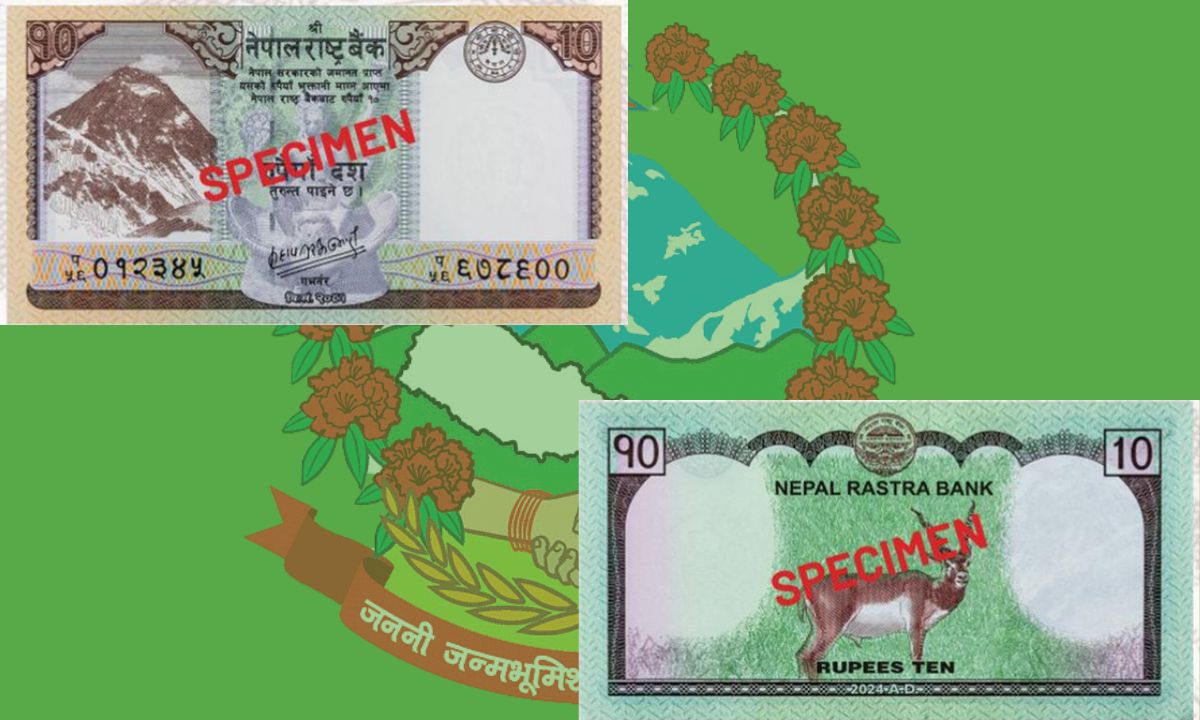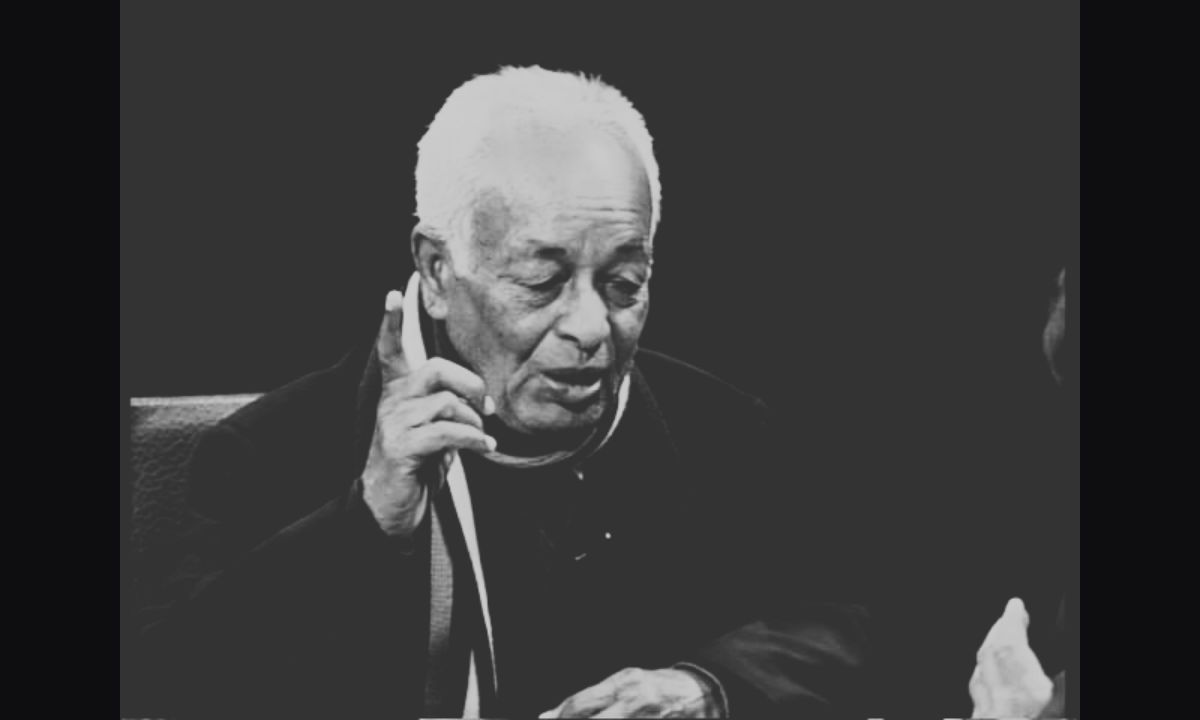The construction of the Koshi Corridor Road, which is a national pride project, is progressing slowly. The work of opening the track has not yet been completed. Although the project started in the fiscal year 2065/66 BS, the road is still at gravel level, with preparations for paving it is just beginning.
The corridor road is being built to connect the Chinese border at Kimathanka from the district headquarters of Sankhuwasabha, Khandbari, covering a distance of 162 kilometers. However, its construction is only 40% complete so far.
On December 3, during Prime Minister KP Sharma Oli’s visit to China, the project was included under the Belt and Road Initiative (BRI). During the visit, officials from both countries signed a “BRI Cooperation Framework.” Though the project is now part of this framework, the process for upgrading the road has not yet been finalized. Nepal has been requesting China for grant assistance to improve the road.
However, it is still unclear whether China will provide loan or grant assistance for the upgrade. Along with the road’s improvement, there have been requests for a permanent bridge at the border. Currently, a contract for paving 50 kilometers from Living Hill to Num has been awarded, according to Senior Divisional Engineer Binod Bhattarai of the North-South Trade Route Expansion Project Directorate.
“We are currently laying the base and sub-base, after which the paving work will begin,” Bhattarai said. However, there have been delays in the paving process due to the construction company not performing its tasks. Among the 50 kilometers, Sharma and Company-Shivashakti JV has won the contract worth NPR 1.27 billion for paving 39 kilometers.
The work is divided into three packages. Initially, Shivashakti started the work but could not continue, so Sharma and Company is handling it. Similarly, an 11-kilometer section has been contracted to Singh and Brothers-Dragon-Bibash International JV for NPR 552 million. However, no progress has been made in this section due to the contractor’s lack of activity.
According to Koshi Corridor (Khandbari-Kimathanka) Road Project Chief Ram Bahadur Gurung, Bibash International has failed to meet expectations, and the contractor is no longer in contact, leading to the possibility of terminating the contract. “We are searching for a contractor to complete the work. Our target is to pave 30 kilometers of road in the current fiscal year,” he said, adding that the lack of construction materials and heavy rainfall have been hindering the work.
From Phaksinga to Barun Bazar, a 30-kilometer stretch has been constructed at gravel level, according to Senior Divisional Engineer Bhattarai. Paving work in this section is yet to begin. “A contract for graveling the 57.49 kilometers from Barun Bazar to Chemtang has been awarded. The road will be widened, and work will proceed accordingly,” he explained.
Track opening between Chemtang and GhongGhappa is being done by the Nepal Army. Out of the total 162 kilometers, the Army has been assigned to open tracks in a 10.51-kilometer section. Only 1.40 kilometers remain to be opened, and the Army aims to complete this by the upcoming month of Asar.
Track opening from GhongGhappa to Kimathanka, a 14-kilometer stretch, has already been completed, and the contract for paving remains, Bhattarai noted. “This project falls under the BRI Cooperation Framework. The details of how to proceed with the upgrading and at what level will be discussed later, and a detailed project report will be prepared,” he added. “The plan is to build a dedicated double-lane road.”
China had previously been requested to assist with the road’s upgrade, but a formal agreement had not been reached. “While the Nepal government is paving some sections of the road itself, the rest can be upgraded with Chinese grants,” Bhattarai said. “Once the terms of cooperation with China are finalized, we can proceed accordingly.”
The estimated initial cost of the project is NPR 16 billion, with NPR 5.58 billion already spent. Although it was expected to be completed by 2083/84 BS, the progress remains under 50%.
This road, which connects Eastern Nepal to the Kimathanka border, is seen as crucial for boosting trade and positively impacting the economy. The government prioritizes this corridor to enhance trade and facilitate easy access to hydroelectric projects like Arun III, Upper Arun, and Lower Arun.
Former Secretary Arjunjung Thapa emphasizes the economic significance of this road. “This road connects Kimathanka along the banks of the Arun River, and a permanent bridge across the Arun River to China must be constructed,” Thapa stated. “Some sections only have foot tracks, which need to be widened.”
Thapa suggests that the Nepal government should complete the 62 kilometers it is currently working on, while the remaining 100 kilometers could be upgraded with assistance from China.






